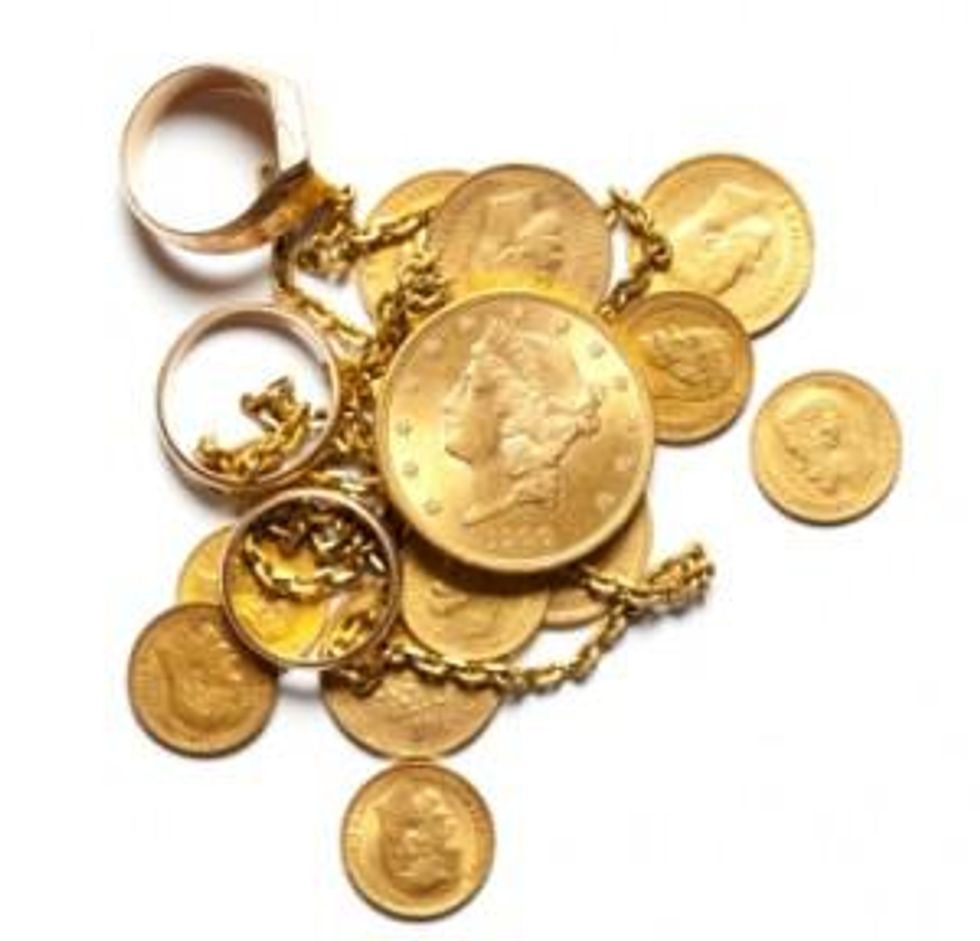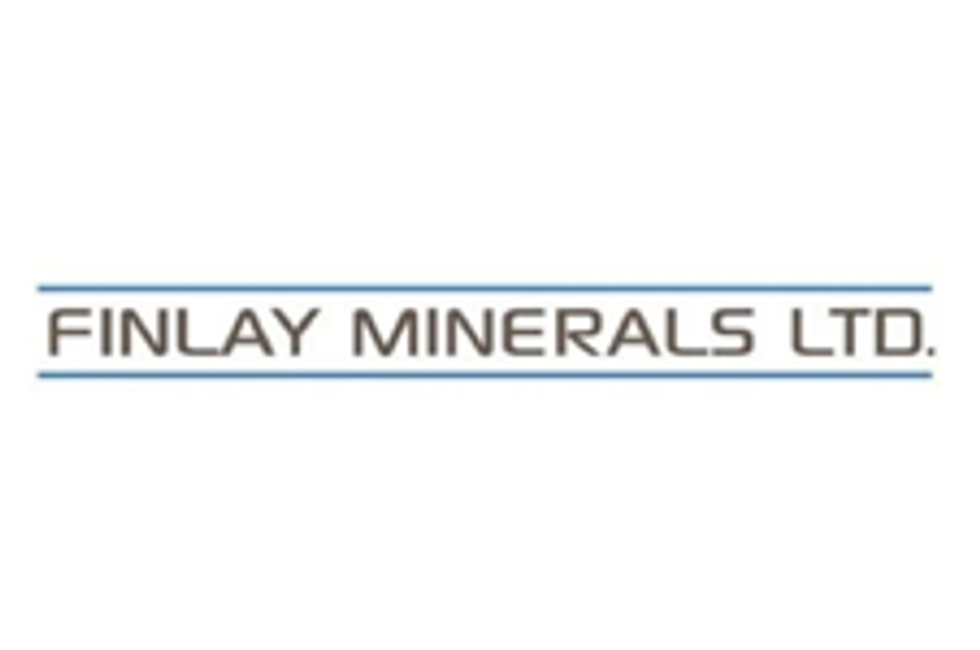Gold remains a favorite safe haven asset, but China may be changing demand for the yellow metal fundamentally.
The Eurozone’s outlook is still up in the air with Greece unexpectedly holding a referendum over the latest bailout package. With uncertainties abound about Europe and the global economy at large, some analysts expect gold to continue gaining momentum as a safe haven asset.
Never mind that gold global futures prices reached highs in late August to $1,891.90 an ounce, up over 50 percent from a year ago. While many argue that a continued increase in the yellow metal’s price is simply not sustainable, others point out that a fundamental shift in not only how, but which, investors hold gold amid increased economic risks worldwide will only stimulate further demand.
To be sure, much of the yellow metal’s market rally has been based on speculative buying based a great deal on fear. Yet some analysts stress that a well-rounded portfolio should have more, not less, gold as well as silver and platinum. For instance, Chicago-based Ibbotson Associates states that in order to improve their reward-to-risk ratio, conservative investors should allocate about 7 percent of their investments in precious metals, whilst more aggressive investors should allocate nearly 16 percent of their portfolio in order to increase expected returns and reduce portfolio risk. Currently, precious metals account for about 1 percent of investment allocation for the average portfolio.
A change in mindset among investors to view precious metals as they do stocks or bonds as a critical part of their investment strategy, regardless of their short-term movements, would certainly spur demand. For now, though, gold still remains very much a physical asset. According to the World Gold Council, the greatest demand for gold comes from jewelry makers, accounting for 57 percent of the global market. Gold for investment purposes, meanwhile, accounts for 31 percent, while 11 percent of overall demand is for industrial purposes. In years past, both India and China were particularly aggressive in buying up gold for jewelry as well as investment purposes, but demand for the yellow metal is growing more among Chinese and Indian investors, and that trend is expected to continue.
“The Eastern buyers, as well as sophisticated Western investors, are happy with pullbacks as they allow them to buy more gold at attractive prices, “said Nick Barisheff, CEO of Toronto’s Bullion Management Group. He also said that the Chinese government encourages its citizens to put 5 percent of their savings in gold, and it is developing infrastructure to make gold ownership as easy as possible. In particular, Barisheff pointed out that the Pan Asian Gold Exchange (PAGE) slated to open in June 2012 will dramatically shift the gold market, both in how players buy and sell the yellow metal, and who will be key players in the market.
“PAGE will appeal to gold buyers who prefer to trade in a liquid physical market over a paper market. It will increase the demand for physical gold exponentially. Confidence in paper products is rapidly waning. Easterners are simply further ahead of the West on this as they have more recent memories of the destruction currency devaluations can cause,” Barisheff said.
Whether or not investors will come to view gold as much an integral part of a robust portfolio as they to securities and bonds remains to be seen, much as the outlook for the yellow metal’s price remains in question. What is clear, though, is that gold producers have been going from strength to strength, and they remain upbeat about future prospects.
South Africa’s Harmony Gold (JNB:HAR), for instance, reported first quarter earnings ended September 30 from a year ago as a direct result of record gold prices. Barrick Gold (TSX:ABX) too reported third quarter profit rising 45 percent as gold prices surged, while Goldcorp (TSX:G)’s CEO Chuck Jeannes told Kitco News that the company will continue to ramp up production as it reported strong earnings results for the latest quarter a week ago.
Disclosure: I, Shihoko Goto, have no interest in the companies mentioned in this article.






